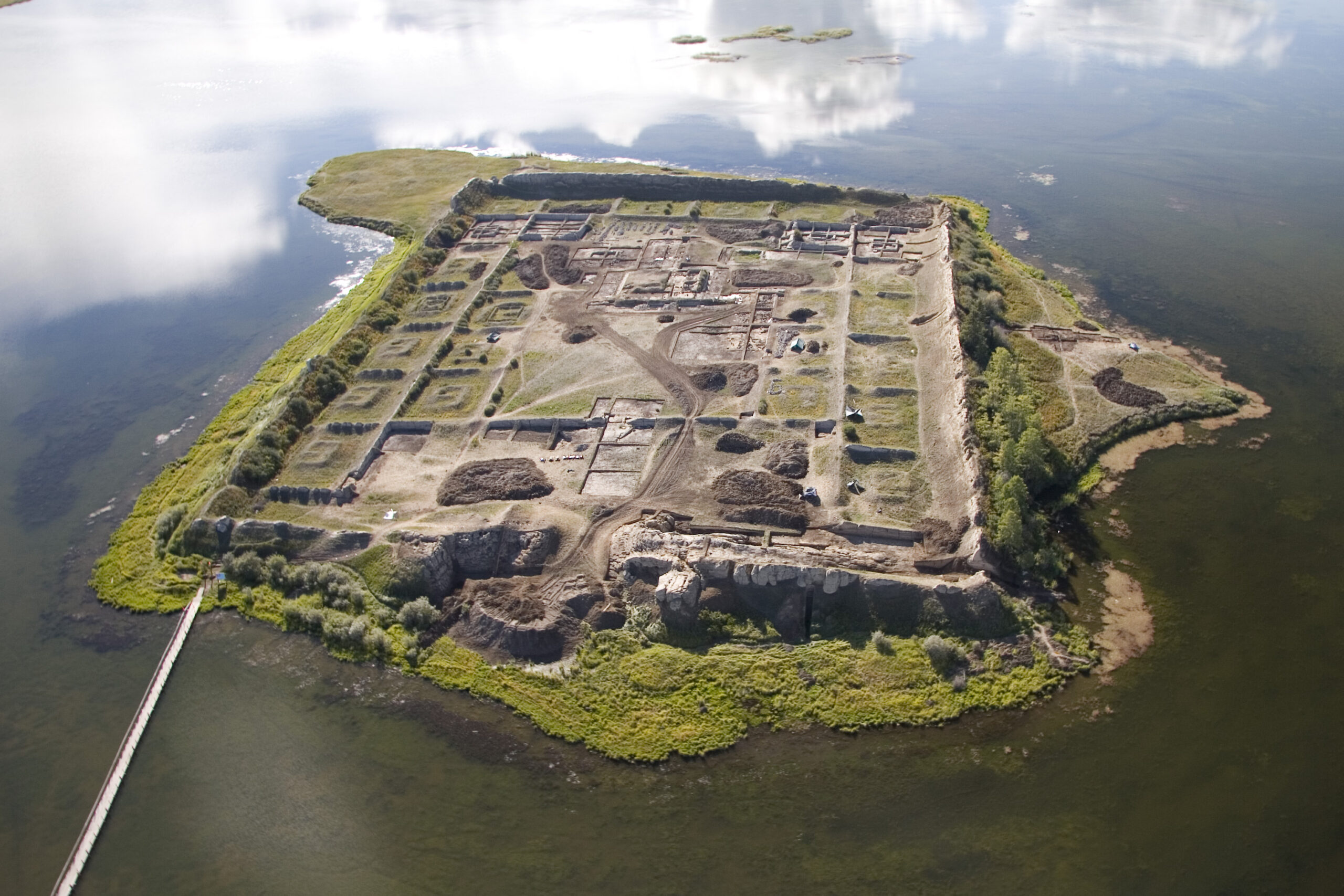Experts in carbon dating solve centuries-old mystery

Experts in carbon dating solve centuries-old mystery
The island fortress of Por-Bazhyn, deep in Siberia’s permafrost, is almost as mysterious as Machu Picchu. It may not be as well-known as its Peruvian twin, but scientists have been fascinated by this eighth-century clay building surrounded by twelve-metre high walls for decades. Who built it? Was it a palace? A fortress? A monastery? Why doesn’t it have any fireplaces? Why doesn’t it look like anyone ever lived there?
In an article published in PNAS this week, UG scientists provide the definitive answer: they’ve determined the building was constructed in the summer of 777. They used a new method, looking for carbon-14 isotope peaks in tree rings. These peaks were caused by rare solar flares, once of which occurred in 775 and another in 994.
Uyghur ruler
‘This study is a perfect example of how this new method can be used to date archaeological findings’, says the article’s first author, Margot Kuitems. ‘We found the peak in the penultimate ring in a beam from the building. The last ring consisted of only spring wood. That means the tree was cut down in the summer of 777.’
This exact dating allowed the scientists to identify the Uyghur ruler Tengri Bögü Khan as the architect of the complex. Since the archaeologists had previously found out that construction took about two years, their discovery also provided a plausible answer to other questions they had about the building.
‘Bögü Khan had converted to Manichaeism’, says Kuitems. This Christian movement said that good and evil were equal. The Roman Catholic church considered its followers heretics. ‘But in 779, Bögü Khan was murdered during an anti-Manichaeistic uprising.’
Monastery
It’s likely, therefore, that Por-Bazhyn was meant to be a monastery. But because Bögü Khan’s rule came to an end, the complex was never put to use.
Kuitems is ecstatic about the find, since this means solar flare dating can be used to solve archaeological mysteries. And to think, they came very close to not solving anything at all. ‘We didn’t find the peak in an earlier wood sample’, she says. ‘We were really disappointed. But then it turned out that particular sample was missing its last tree rings.’
They hit pay dirt in the second sample, since that did contain the rings. ‘It was a close shave. We were really lucky.’



